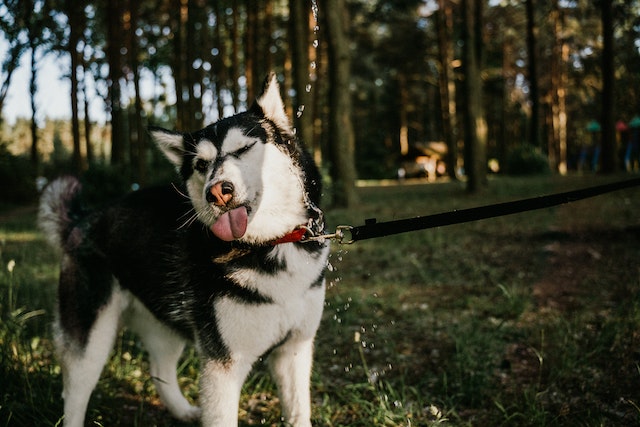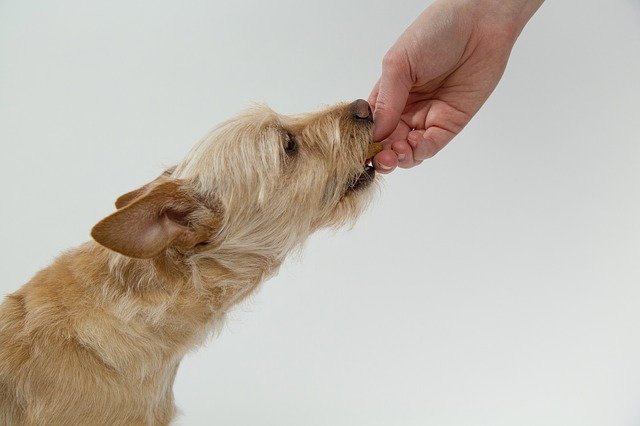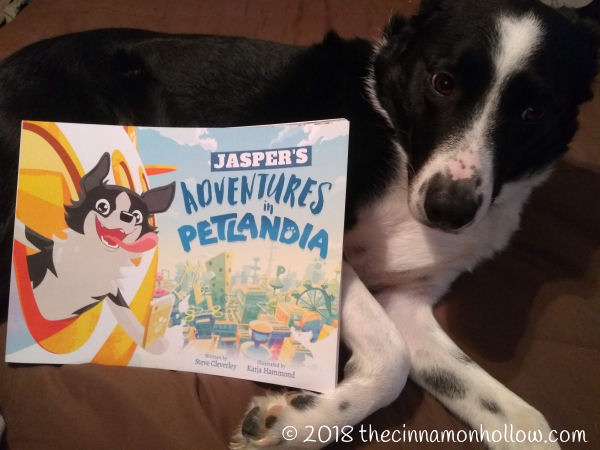Anyone that may be a little shorter or lighter than most will adjust their lifestyles accordingly. They may use a small seat insert in their car to better gain visibility over the steering wheel. They might ask someone to reach for a product on the top shelf of a supermarket aisle. They may slightly angle their television mount down so they can see it more comfortably without stretching their neck. All minor adjustments are just accepted and hardly cause much trouble.
However, that all changes if they purchase a larger dog. An unruly dog with boundless energy can be quite intensive and sometimes even intimidating to deal with. Their puppy may have outgrown them, they may have inherited a dog like this, or perhaps they just adore a particular breed.
If this sounds like you, then never fear. Dealing with a larger dog as a smaller owner and still exercising your control is more than possible. In this post, we’ll discuss a few tips for achieving exactly that:

Training & Authority
It’s essential to make your authority known. You can achieve this by using dog training services that help you define yourself as the one giving commands. This also means learning to use appropriate terms for discipline, such as stay, drop it, and no. It can take a little time to build this, but when you set boundaries using expert help, learn to train them appropriately with treats, and give them the correct behavioral feedback, then it doesn’t matter what their size is because you’ll be able to define yourself as their owner.
Appropriate Socialization
Dogs that aren’t uncomfortable around other dogs are more likely to misbehave or become aggressive or overly playful. This means that even during a pleasant walk, a dog might tug at the leash and cause you to fall over. This can potentially put you in harm’s way, which is why it’s good to purchase an extension leash you can use if they take off without warning. However, this is just an added contingency, as introducing them to other dogs through your training effort should give enough notice for them to move forward.
Home Borders
It’s harder to force a dog to stay within the confines of your garden or home, so it’s important to make sure you have borders set up to limit where they can move to. This might involve using privacy fencing of a certain height that they can’t jump over, gates they can’t squeeze through, and closer doors within the property so your dog can’t walk into rooms they’re not welcome in – your home office, for example. Setting up these contained areas will help you better manage your household too, such as preventing a curious dog from chewing or scratching up a leather sofa or sleeping on your bed during the day. In addition, you might lock or place catches on certain cupboards, so they can’t break into your bag of kibble and eat it all before you notice.
With this advice, you’ll be sure to carefully deal with your beloved large pooch, despite being a smaller human.





